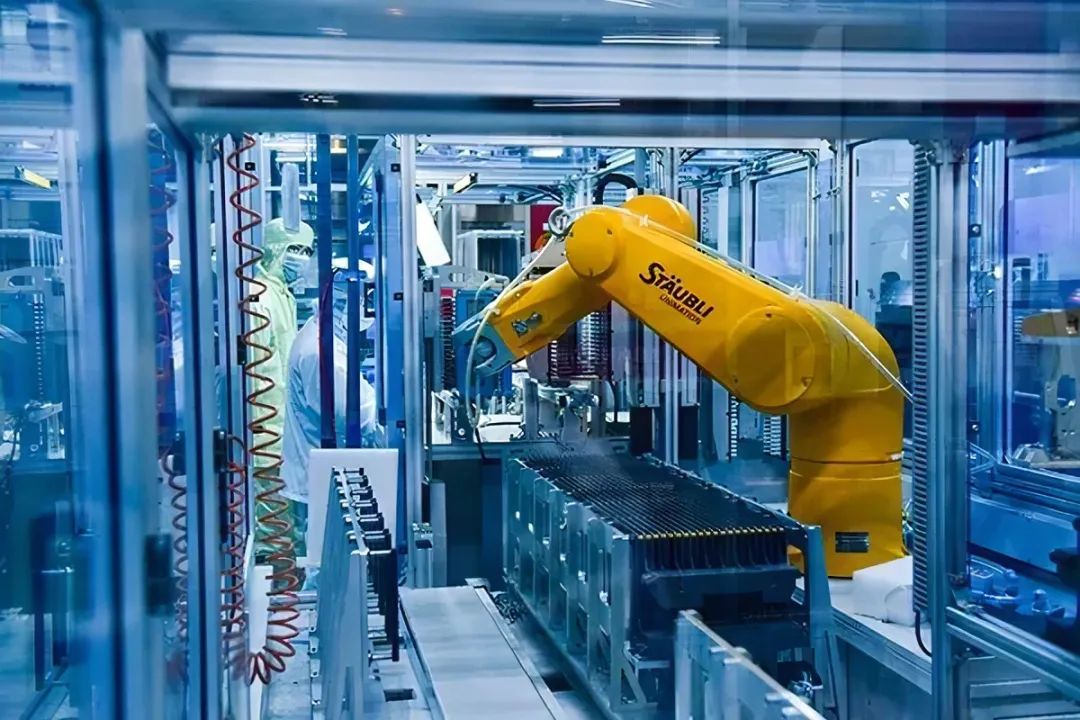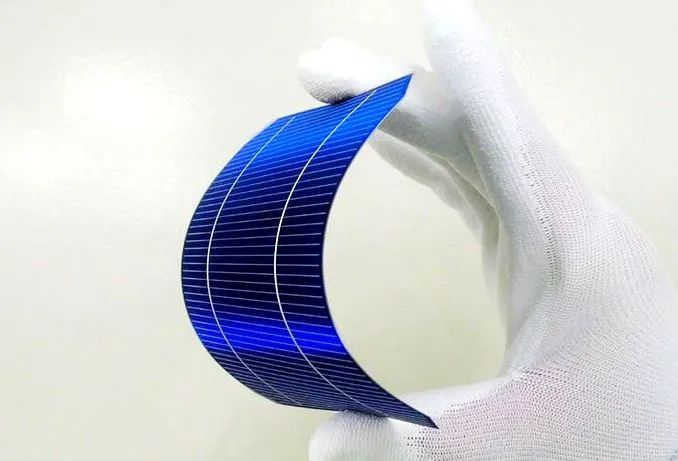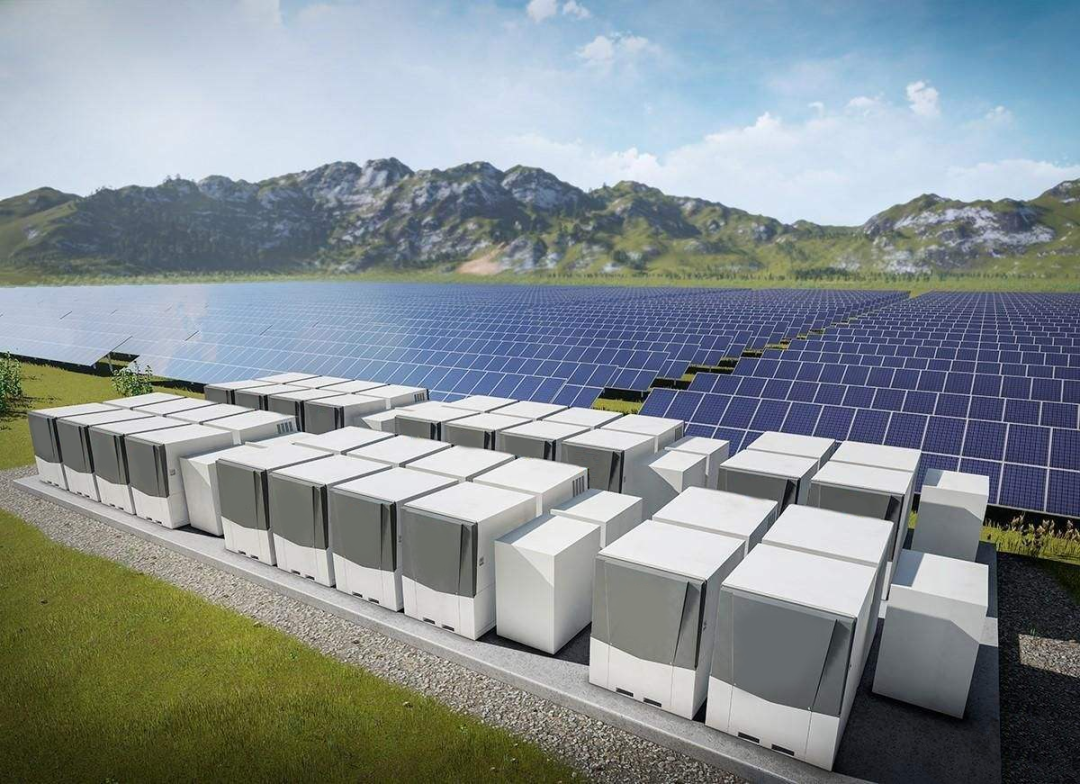The Principle of Solar Photovoltaic Cells
1. **Photon Absorption and Transmission:** When exposed to light, photons with energy less than the bandgap width are not absorbed and pass through the solar cell.
2. **Energy Loss in High-Energy Photons:** Photons with energy greater than the bandgap create electron-hole pairs, causing some energy loss.
3. **Charge Separation and Transport:** There are losses within the pn junction due to the separation and transport of photogenerated charge carriers.
4. **Recombination Losses:** During the transport of photogenerated carriers, recombination losses occur.
5. **Voltage Drop:** Output voltage experiences a drop, leading to contact voltage losses.
Reducing Electrical Losses
1. Use high-quality silicon wafers with good crystalline structure.
2. Develop ideal pn junction formation techniques.
3. Implement optimal passivation techniques.
4. Employ efficient metal contact technologies.
5. Utilize advanced front field and back field technologies.
Reducing Optical Losses
To enhance cell efficiency by minimizing optical losses, various light-trapping theories and technologies have been developed, including surface texturing to reduce reflection, front surface anti-reflection coatings, rear surface reflective coatings, and smaller gridline shading areas.
TOPCon (Tunnel Oxide Passivated Contact)
Structure of TOPCon Solar Cells
The front side of TOPCon solar cells is similar to conventional N-type or N-PERT solar cells, comprising a boron (p+) emitter, passivation layer, and anti-reflection coating. The core technology lies in the back passivated contact, consisting of an ultra-thin silicon oxide layer (1-2 nm) and a phosphorus-doped microcrystalline mixed silicon thin film. For bifacial applications, metallization is achieved by screen printing Ag or Ag-Al grids on the front and Ag grids on the back.
Tunnel Oxide Passivated Contact
TOPCon structure, achieving a high conversion efficiency of 25.7%, is composed of a thin tunnel oxide layer and a phosphorus-doped polysilicon layer. The phosphorus-doped polysilicon layer can be produced by crystallizing a-Si:H or depositing polysilicon using LPCVD. This makes TOPCon a promising candidate for high-efficiency solar cell technology.
Heterojunction Technology (HJT)
Heterojunction technology (HJT) combines crystalline silicon and amorphous silicon thin-film technology, achieving efficiencies of 25% or higher. HJT cells outperform current PERC technology in efficiency and power output.
Structure of HJT Solar Cells
HJT cells use a monocrystalline silicon wafer as the substrate. The front side of the wafer is sequentially deposited with intrinsic a-Si:H film and p-type a-Si:H film to form a p-n heterojunction. The back side is deposited with intrinsic and n-type a-Si:H films to form a back surface field. Transparent conductive oxide films are then deposited, followed by metal electrodes through screen printing, resulting in a symmetric structure.
Advantages of HJT Solar Cells
- **Flexibility and Adaptability:** HJT technology ensures excellent production capacity even in extreme weather conditions, with a lower temperature coefficient than traditional solar cells.
- **Longevity:** HJT solar cells can operate efficiently for over 30 years.
- **Higher Efficiency:** Current HJT panels achieve efficiencies between 19.9% and 21.7%.
- **Cost Savings:** Amorphous silicon used in HJT panels is cost-effective, and the simplified manufacturing process makes HJT more affordable.
Perovskite Solar Cells
First achieving 4% efficiency in 2009, perovskite solar cells (PSCs) reached 25.5% efficiency by 2021, drawing significant academic interest. The rapid improvement of PSCs positions them as a rising star in photovoltaics.
Structure of Perovskite Solar Cells
Advanced perovskite cells typically consist of five components: transparent conductive oxide, electron transport layer (ETL), perovskite, hole transport layer (HTL), and metal electrode. Optimizing these materials' energy levels and interactions at their interfaces remains an exciting research area.
Future of Perovskite Solar Cells
Research on perovskites will likely focus on reducing recombination through passivation and defect reduction, incorporating 2D perovskites, and optimizing interface materials. Improving stability and reducing environmental impact are key areas of future study.
Quality Control in Solar Photovoltaic Cell Production
Etching and Texturing
Surface damage is removed by etching, and texturing creates a light-trapping surface, reducing reflection losses. Reflectance measurement monitors this process.
Diffusion and Edge Isolation
Diffusion layers are formed on silicon wafers to create pn junctions. A passivation layer is deposited to enhance thin-film solar cell efficiency, monitored through minority carrier lifetime, wafer thickness, and refractive index.
Anti-Reflective Coating
An anti-reflective coating is applied to the silicon wafer surface to improve light absorption. PECVD is used to deposit a thin film that also serves as a passivation layer. Transmittance and sheet resistance uniformity are key measurement parameters.
Electrode Fabrication
Gridline electrodes are screen-printed on the front, and back field and back electrodes are printed on the rear. Temperature control, point accuracy, and gridline aspect ratio are critical monitoring indicators during drying and sintering.
If you're interested in learning more about our solar energy storage offerings, we encourage you to explore our product line. We offer a range of panels and battery that are designed for various applications and budgets, so you're sure to find the right solution for your needs.
Website:www.fgreenpv.com
Email:Info@fgreenpv.com
WhatsApp:+86 17311228539
Post time: Aug-03-2024














